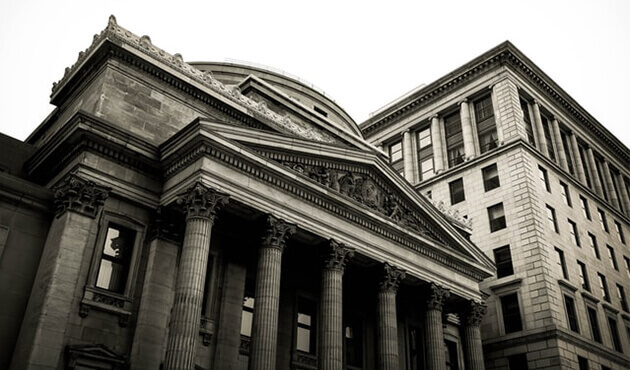RBI monetary policy outcome on Oct 9, MPC may keep repo rate unchanged as growth remains uncertain
article • Investment Management

Nimish Shah
2020-10-08 | 7 MINUTE READ
After appointing three new external members, the Monetary Policy Committee (MPC) meet is underway and the committee would announce its observations on 9th October 2020. The August-2020 MPC decided not to change the benchmark Repo Rates and continued with the ‘Accommodative’ stance. While expressing concern on inflation, the MPC decided to ‘maintain the stance for as long as it is necessary to revive growth’. The average Consumer Price Inflation (CPI) has been consistently remaining above the RBI target of 4% +/- 2% for over 6 months now with the Aug’20 CPI print at 6.7%. Core inflation remains stubbornly high and sticky. While the positives of a good monsoon and a bumper harvest season could moderate CPI in Sep’20, the food prices could dampen the prospects of lower inflation.
Supply-chain disruptions due to Coronavirus are yet to stabilize and floods in some states/districts can put upward pressure on the CPI to further rise. A recent market survey indicates the Sep’20 CPI to rise and hover around 6.9%. However, the CPI is expected to stabilise in H2 of 2020-21 due to a favourable base effect.
The global and local macro-economic activities have shown patchy improvements. The resurgence in Covid-19 cases across the globe has resulted in the slower withdrawal of restrictions. The turn in the virus spread was unexpected and could push back the economic revival estimates for the rest of 2020. Several high-frequency indicators like automobile sales, power and fuel consumption, rural consumption demand, inter-state remittances, IIP and PMI, while turning positive, could well start to level off if labour and material movements remain constricted. Agriculture remains the bright spot with good monsoon and a bumper sowing season thereby pushing demand for fertilizers, tractors and farm equipment.
But, most manufacturing companies, except for the likes of pharmaceuticals and health / personal care are under pressure. The slowdown in demand persists with revival being inconsistent and, in some cases, still uncertain. Unless industries like construction, metals, cement, capital goods, and infrastructure return to pre-Covid19 capacity utilization levels, credit delinquencies could well increase.
The RBI and Government have pumped in substantial liquidity in the system (INR 9.57 lakh crores or 4.7% of GDP). RBI has used conventional and unconventional measures, such as Operation Twist and targeted lending to support banks and NBFCs. They have also committed to stand ‘battle-ready’ to support the industry as and where required. However, given the fiscal situation pre-COVID 19 and post-COVID 19, the manoeuvrability would remain restricted. While the Government has committed to adhere to the borrowing calendar, it is possible that the consolidated fiscal deficit of the State and Central Government would be in the 10-13% range as the revenue collection and disinvestment targets are likely to fall short. Any fiscal largesse, in excess of affordability, would impact the country’s interest rates, exchange rates and the sovereign rating.
The RBI has been proactive in reducing Policy Rates with 1.15% cut in Repo Rates, which was implemented from March of 2020. However, it is important to note that before March of 2020, RBI had cut rates by 1.35% to push growth in an already slowing Indian economy (GDP Growth estimates have dropped to 4.5% of pre-Covid19 levels).
With outlook towards inflation and growth remaining uncertain and with the fiscal constraints, the likelihood of reducing rates at this juncture is less probable. The MPC could well look to maintain the benchmark rates and the accommodative stance while making some unconventional announcements to provide support to the industry. They are also likely to announce measures to ensure that the yields on the longer end of the yield curve does not increase from the current levels of around 6% on the 10-year G-Sec.














